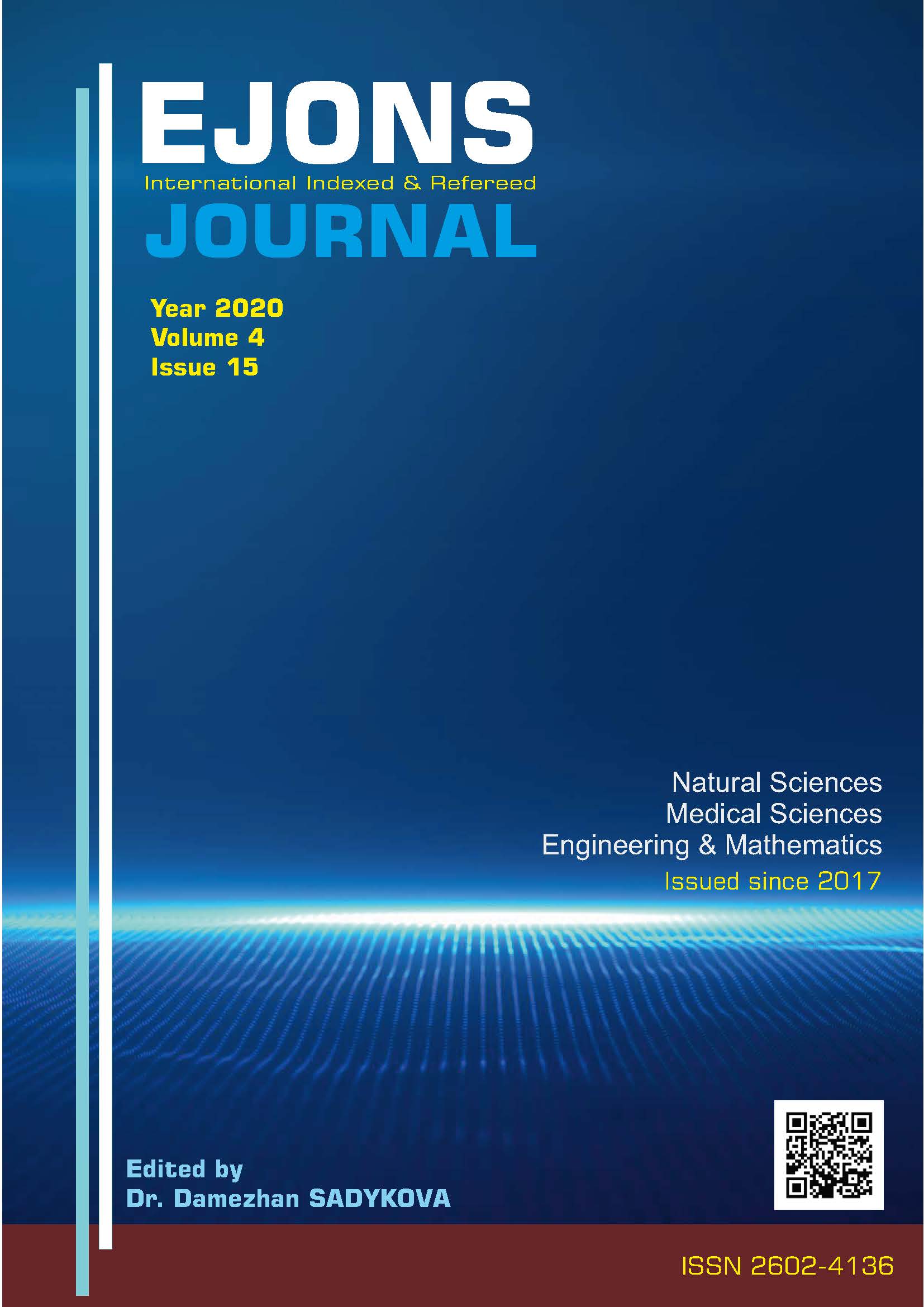PLANT-DERIVED BIOACTIVE NATURAL PRODUCTS USED IN MALARIA TREATMENT
DOI:
https://doi.org/10.38063/ejons.286Keywords:
Quinine, artemisinin, Cinchona, Artemisia annua, malariaAbstract
With around 200 million estimated cases per year worldwide, malaria ranks fifth among the causes of death due to infectious diseases in the world, and claims more than 400 thousand lives each year. There are two plant-derived drugs commonly used in the treatment of malaria: quinine and artemisinin. Quinine is the oldest antimalarial drug. The Quechuas, indigenous people in the Andes, used to cure malaria by making the patients drink the mix of bark powder of cinchona tree and sweetened water. French chemist Pierre Joseph Pelletier and French pharmacist Joseph Bienaimé Caventou first isolated the active compound from the bark of cinchona tree, which was brought to Europe from Peru by European missionaries in 1632, and named it quinine. American organic chemists Robert Burns Woodward and William von Eggers Doering successfully synthesized the chemical quinine in the laboratory in 1944. Nowadays, quinine derivatives are also used in the treatment of various diseases including cancer and covid-19, aside from malaria. Artemisinin was isolated from the leaves of Artemisia annua by Youyou Tu, a Chinese pharmaceutical chemist, in 1972. Youyou To and her team later developed dihydroartemisinin, which is more stable and ten times more effective than artemisinin. Youyou Tu was awarded the 2015 Nobel Medicine Prize for these studies. Besides their chemical and biological features, quinine and artemisinin are also discussed in historical perspective in this review article.
Downloads
Published
How to Cite
Issue
Section
License

This work is licensed under a Creative Commons Attribution-NonCommercial 4.0 International License.


